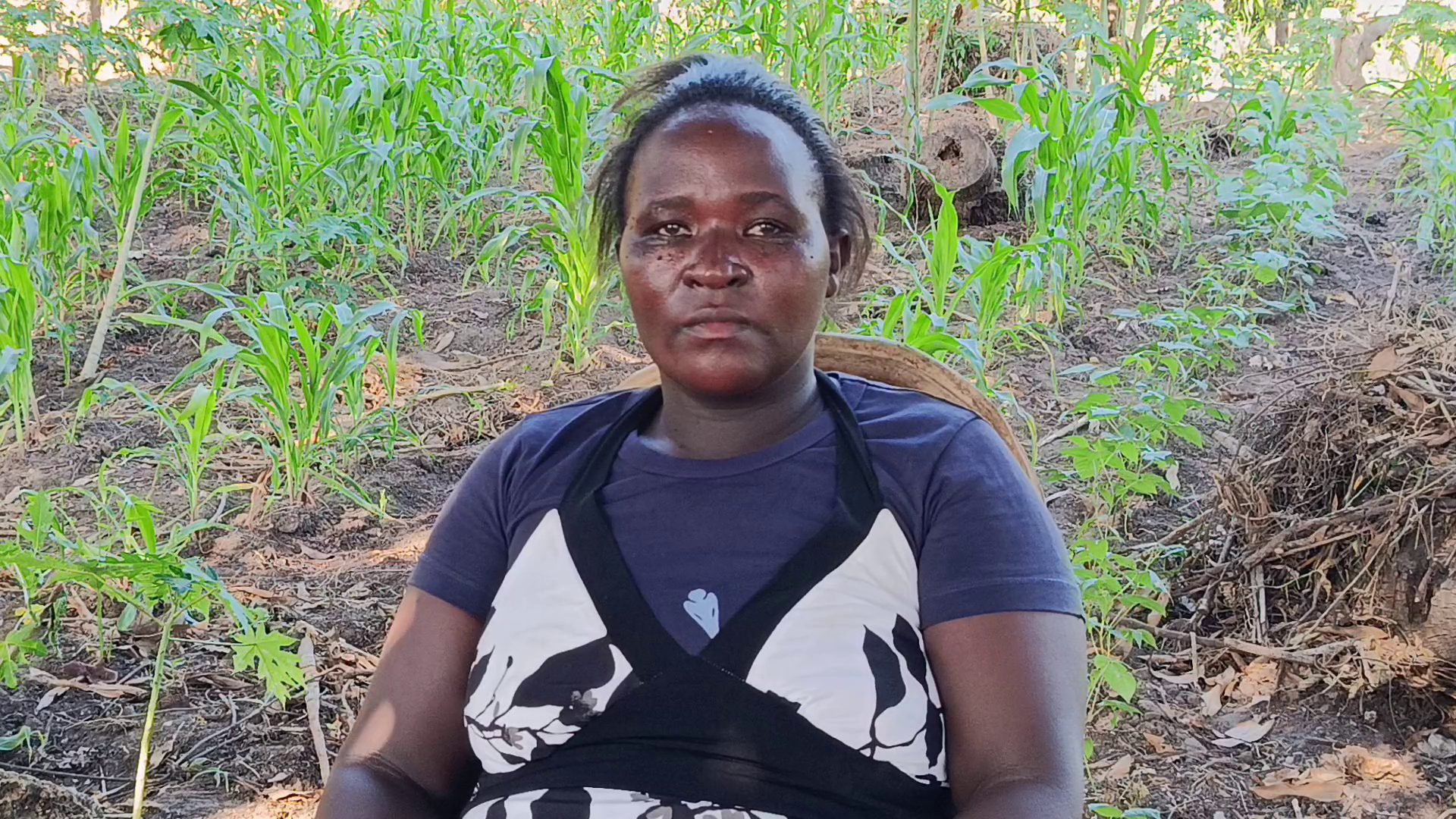By Hilton Mwabili
The Universities Academic Staff Union (UASU) has faulted the government for underfunding which it says has plunged Universities into a serious finance-related crisis.
The union says despite continued expansion of the higher education sector the government’s funding in the public universities has not been commensurate with the student population growth in the universities.
Speaking during the recent UASU conference in Mombasa the Union’s Secretary General Constantine Wesonga argued that the government has over the years expanded higher education by establishing many universities which he said are a ballooning crunch set to explode in the future if the universities remain underfunded.
As at December 2020, Wasonga observed that there were 74 Universities in Kenya 31 of which are public chartered universities and seven being constituent colleges.
“The demand for university education has led to population growth in universities.
This demand has caused unprecedented growth in the student population over the years and this has led to increase in student numbers in universities rising to approximately 100,000 admitted yearly with a total enrolment of approximately 600,000 undergraduate and postgraduate students,” Wasonga said
The exponential growth in student numbers, according to the union, has put a heavy strain on facilities and human resources in the universities and it is therefore imperative for the government to consider funding universities adequately.
Wesonga claimed that the government has not been able to provide sufficient and adequate funds through capitation to enable the varsities to promptly respond to the high demands.
The UASU official charged that most universities in the country have been forced to secure and offer many of their services in deficit.
“Almost all the public universities have had to run budget deficits on account of debts to their suppliers and service providers,” He stated.
The union took issue with the government for funding the private universities to support government sponsored students placed in private universities “even when there was adequate capacity in public universities.”
“More disturbing is the inability of public universities to meet their financial statutory obligations to the KRA, NSSF and NHIF on a regular basis.
This is because the government capitation cannot fully support the respective universities payroll expenditure as well as other recurrent expenditures in terms of operation and maintenance.
The universities have been forced to fall in arrears in remittance of these deductions,” said the secretary general.
Since 1972 Kenya has experienced massive growth in university education to have the largest university education system in East Africa.
From one national university, the University of Nairobi, and one constituent college, Kenyatta University College, catering for only a few fortunate high school graduates, the country’s public university system has grown exponentially, both in terms of the number of institutions and the number of students enrolled in those institutions.
The genesis of that growth appears to have been the 1981 Government-appointed Presidential Working Party on Establishment of the Second University in the country, chaired by Dr. Colin Mackay, a Canadian legal scholar.
Its mandate was to investigate and report on the feasibility of establishing a second university in Kenya with emphasis on technical courses.
Following the recommendations of the Presidential Working Party, Moi University was established in 1984. Soon after, Kenyatta University College and Egerton University Colleges were elevated to full University status in 1985 and 1987 respectively to become the third and fourth public universities in the country.
The most dramatic growth in public universities occurred after 1990 as more Kenyans demanded access to university education and the system opened up rapidly.
From four fully-fledged universities in 1987 the number had risen to seven public universities by 2007 with the establishment of Jomo Kenyatta University of Science and Technology (1994), Maseno University and Masinde Muliro University of Science and Technology.
In 2013 the number of public universities had more than tripled, rising to 22 fully-fledged universities after the government in its push to meet rising demand for university education upgraded 15 university colleges into fully-fledged universities.






